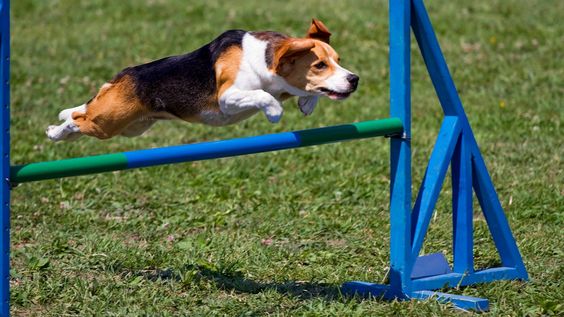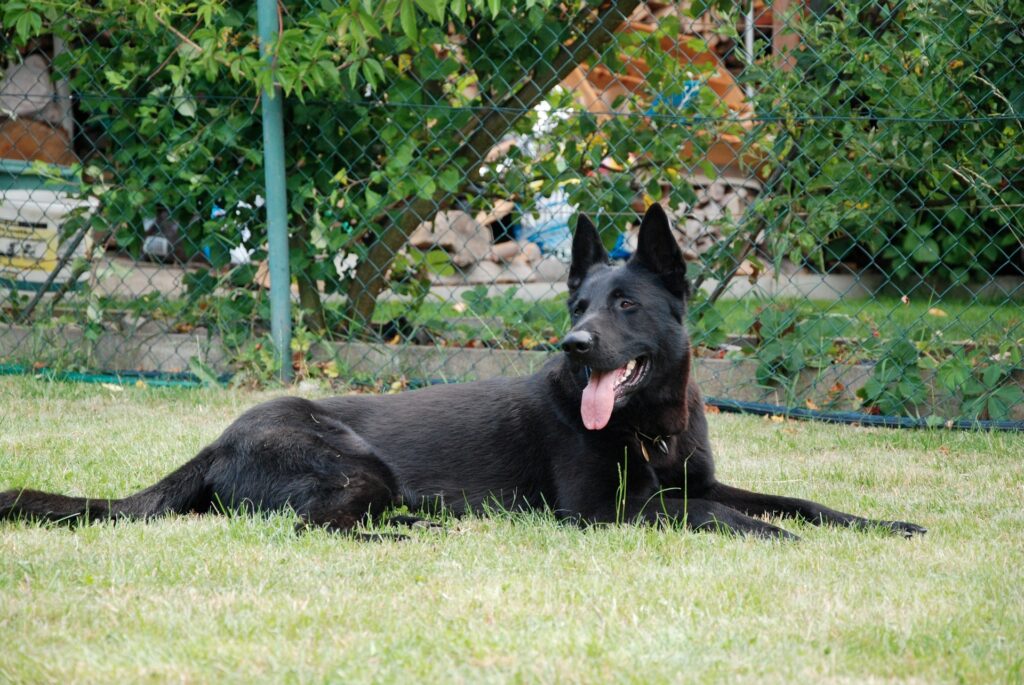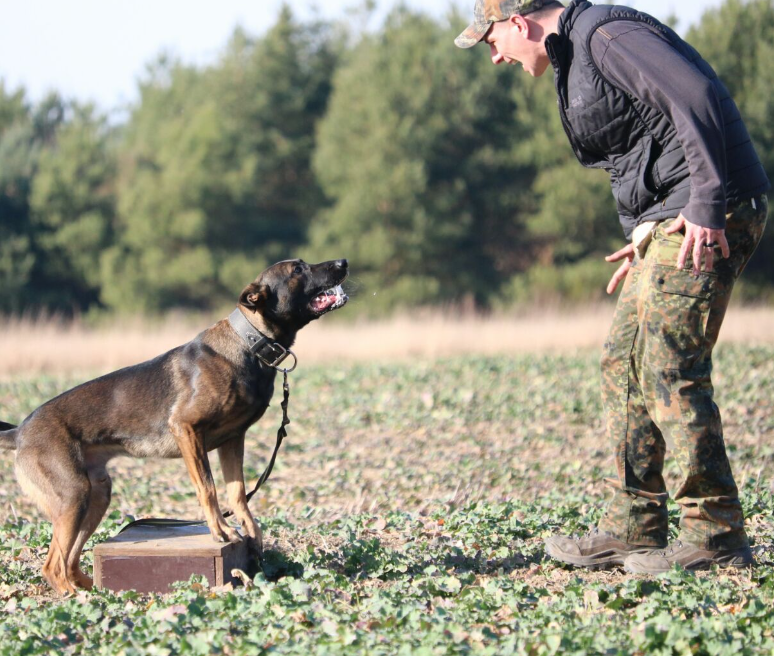
Introduction:
In the world of canine sports, agility courses stand out as a thrilling showcase of a dog’s athleticism, intelligence, and teamwork with their human handlers. These courses, comprised of a variety of obstacles like tunnels, jumps, weave poles, and seesaws, test both the physical prowess and mental acuity of our four-legged friends. But behind every agile pooch gracefully navigating these challenges lies a journey of dedicated training, patience, and understanding between dog and handler. In this blog, we embark on an “Obstacle Odyssey” to uncover the secrets of preparing your furry companion for the exciting world of agility courses.
Understanding Agility Training:
Agility training is not just about teaching your dog to conquer obstacles; it’s a comprehensive process that strengthens the bond between you and your pet while enhancing their physical abilities and mental agility. Before diving into specific exercises, it’s crucial to establish a solid foundation of basic obedience commands such as sit, stay, come, and heel. These commands serve as building blocks for more complex maneuvers on the agility course.
Building Confidence:
Confidence is key in agility training. Many obstacles can be intimidating for dogs, especially those that involve heights or unusual movements. To build your dog’s confidence, introduce each obstacle gradually, using positive reinforcement techniques like treats, praise, and play. Start with low-intensity exercises and gradually increase the difficulty as your dog becomes more comfortable. Remember to always keep training sessions fun and engaging to maintain your dog’s enthusiasm.
Focus on Fundamentals:
Mastering the fundamentals is essential for success in agility courses. Teach your dog proper body awareness and coordination through exercises like targeting, balance work, and proprioception drills. Focus on teaching your dog to navigate obstacles safely and efficiently, emphasizing correct form and technique over speed. Repetition and consistency are key to ingraining these skills into your dog’s muscle memory.
Weave Pole Wonders:
The weave poles pose a unique challenge for many dogs due to their narrow spacing and requirement for precise footwork. Start by teaching your dog to weave through stationary poles using a combination of verbal cues and hand signals. Gradually increase the difficulty by adding movement to the poles or reducing the spacing between them. Patience and persistence are essential as your dog learns to master this intricate maneuver.
Jumping for Joy:
Jumping is a quintessential skill in agility training, requiring both athleticism and coordination from your dog. Begin with low jumps and gradually increase the height as your dog’s confidence and ability grow. Focus on teaching your dog to approach jumps at the correct angle and to land safely on the other side. Proper form is crucial to prevent injury, so always monitor your dog’s technique closely during jumping exercises.
Tunnel Time:
Tunnels are a favorite among many dogs, offering a thrilling combination of speed and agility. Introduce your dog to tunnels gradually, starting with short, straight tunnels before progressing to longer or curved ones. Use treats or toys to lure your dog through the tunnel and reward them for their bravery. With patience and encouragement, your dog will learn to conquer tunnels with ease.
Seesaw Success:
The seesaw can be one of the most challenging obstacles for dogs due to its unpredictable movement. Begin by teaching your dog to walk confidently across a stationary plank, gradually introducing movement as they become more comfortable. Focus on teaching your dog to balance their weight and adjust to the seesaw’s motion to ensure a smooth and controlled descent. With practice and positive reinforcement, your dog will conquer the seesaw with confidence.
Conclusion:
Preparing your dog for agility courses is a rewarding journey that requires patience, dedication, and a deep understanding of your pet’s abilities and limitations. By focusing on building confidence, mastering fundamentals, and practicing individual obstacles, you can help your furry friend become a skilled and agile competitor on the course. Remember to always prioritize safety and fun in your training sessions, and enjoy the thrilling adventure of agility together with your canine companion.


